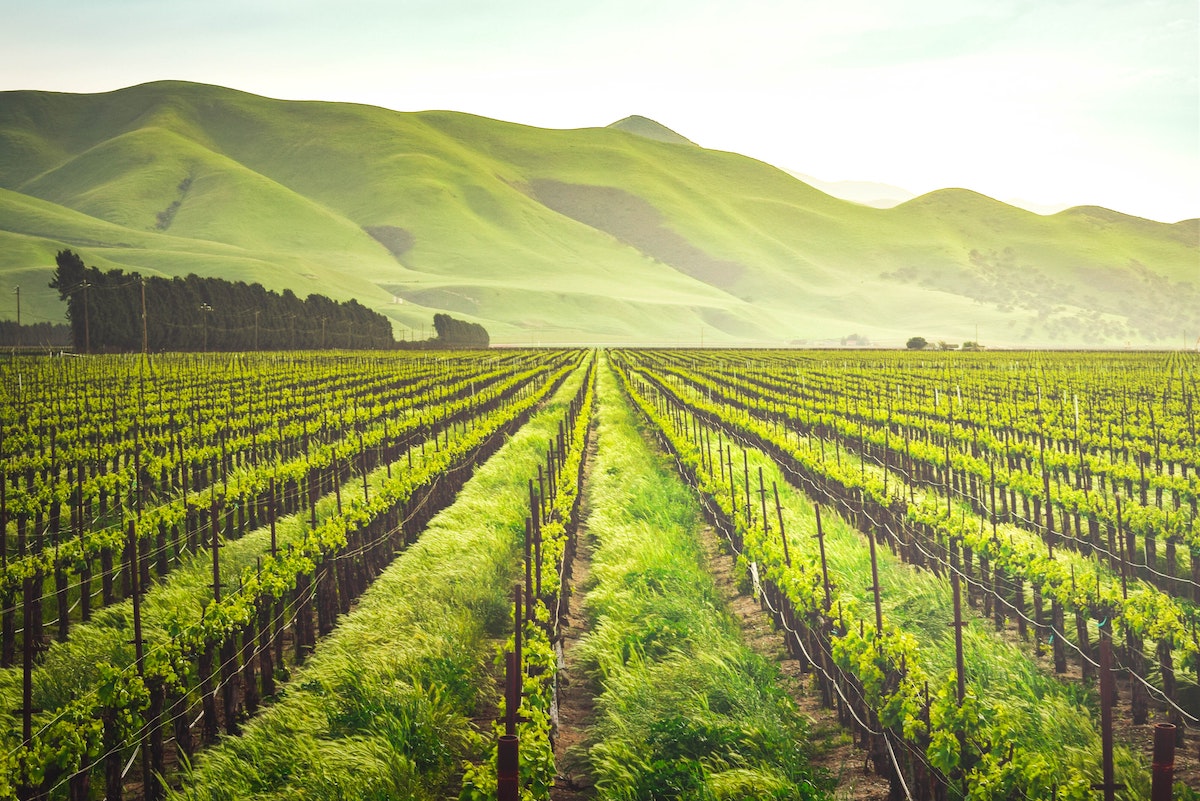Introduction
Agriculture has come a long way from its humble beginnings as a subsistence practice. Today, it’s a highly sophisticated industry that feeds billions of people worldwide. A significant contributor to this advancement is agricultural biotechnology, which has played a pivotal role in enhancing crop yields, reducing the use of harmful pesticides, and improving the nutritional content of our food. At the heart of this biotechnological revolution are GMOs, but there’s much more to the story than just genetically modified organisms. In this blog post, we’ll explore the world of agricultural biotechnology, from GMOs to cutting-edge techniques like CRISPR-Cas9 and innovative farming methods such as vertical farming.
The GMO Revolution
Genetically modified organisms (GMOs) have been a topic of debate for decades. These are organisms whose genetic material has been altered in a way that doesn’t occur naturally through mating or natural recombination. Instead, scientists insert specific genes from one organism into the DNA of another, typically to impart desirable traits such as resistance to pests or tolerance to herbicides.
The adoption of GMOs has been widespread in agriculture. Crops like genetically modified corn, soybeans, and cotton have become staples in many countries. They’ve been engineered to resist pests, thus reducing the need for chemical pesticides, and to tolerate herbicides, making weed control more manageable. These modifications have undoubtedly increased agricultural productivity and made farming more economically viable for many.
Beyond GMOs: CRISPR-Cas9
While GMOs have been transformative, they are not without their controversies and limitations. Enter CRISPR-Cas9, a revolutionary tool in genetic engineering. Unlike traditional GMOs, CRISPR-Cas9 allows for precise and targeted genetic modifications, without necessarily introducing genes from unrelated species. It’s like the surgical precision of genetic editing.
CRISPR-Cas9 has enormous potential for agriculture. Scientists can use it to develop crops with enhanced nutritional profiles, improved drought tolerance, or even resistance to specific diseases. The precision of CRISPR-Cas9 means that unintended consequences, a concern with GMOs, are less likely.
Vertical Farming: Rethinking Agriculture
Another exciting development in agricultural biotechnology is vertical farming. As the global population continues to rise, so does the demand for food. Traditional agriculture faces numerous challenges, including land scarcity, water shortages, and the impact of climate change. Vertical farming offers a solution by allowing crops to be grown indoors in stacked layers, using controlled environments that optimize light, temperature, and nutrient delivery.
Vertical farming has several advantages. It reduces the need for vast expanses of arable land, conserves water, and minimizes the use of pesticides. Moreover, crops can be grown year-round, reducing the vulnerability of food supplies to seasonal fluctuations and adverse weather conditions. It’s a sustainable and efficient way to produce food in urban areas, bringing agriculture closer to consumers.
The Future of Agricultural Biotechnology
As we move forward, the future of agricultural biotechnology is bright. Scientists are continually researching new techniques and innovations to address the challenges of feeding a growing population while minimizing the environmental impact of agriculture.
One promising avenue is the development of drought-resistant crops. With climate change leading to more frequent and severe droughts, crops that can thrive in water-scarce conditions are crucial for food security. Researchers are using genetic engineering and advanced breeding techniques to create plants that require less water while maintaining high yields.
Additionally, the nutritional content of crops is receiving attention. Biofortification, a process that increases the concentration of essential nutrients in crops, can combat malnutrition and vitamin deficiencies in vulnerable populations. Golden Rice, engineered to produce beta-carotene (a precursor of vitamin A), is one such example.
Conclusion
Agricultural biotechnology has come a long way since the introduction of GMOs. While GMOs have been a game-changer in modern agriculture, new and more precise tools like CRISPR-Cas9 offer even greater potential for crop improvement. Coupled with innovative farming methods like vertical farming, we have the means to address the challenges of food security, sustainability, and nutrition in the 21st century.
The future of agricultural biotechnology is not limited to GMOs; it’s a vast landscape of possibilities where science and innovation intersect to create a better, more sustainable food system for all.
In the coming years, as we continue to explore the frontiers of agricultural biotechnology, we can look forward to a world where food is not just abundant but also healthier, more environmentally friendly, and accessible to all. It’s a future where the field of agriculture continues to evolve, ensuring that no one goes hungry, and our planet thrives.





